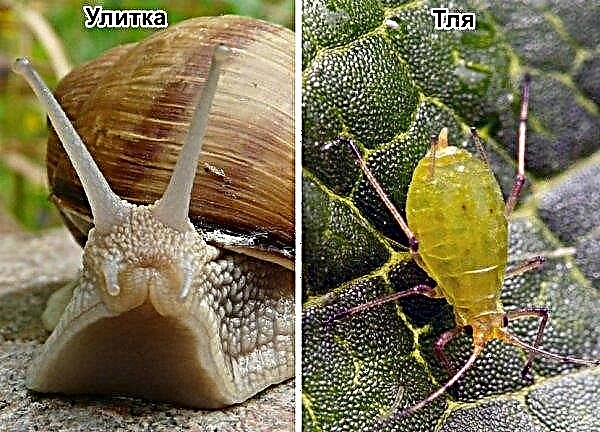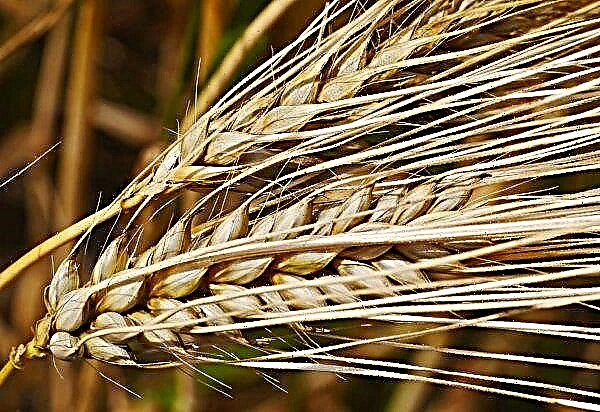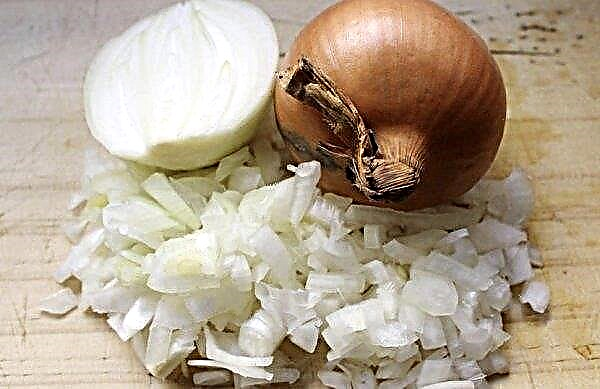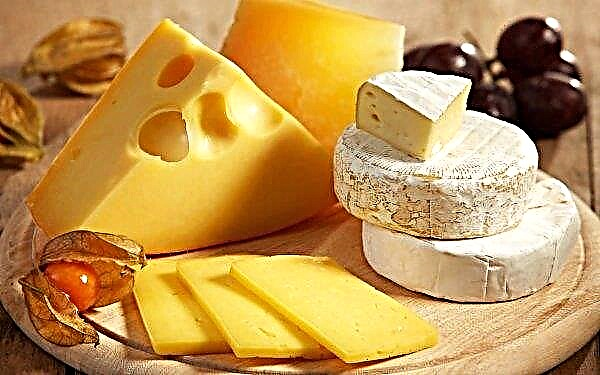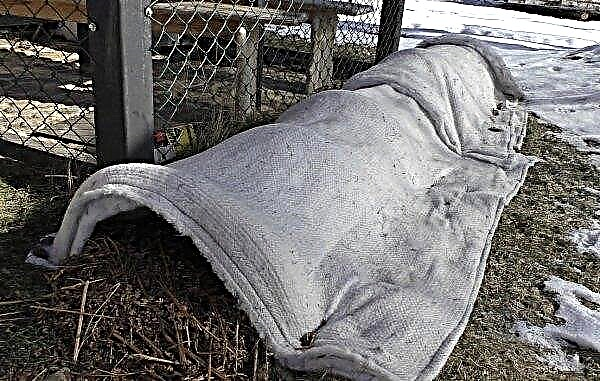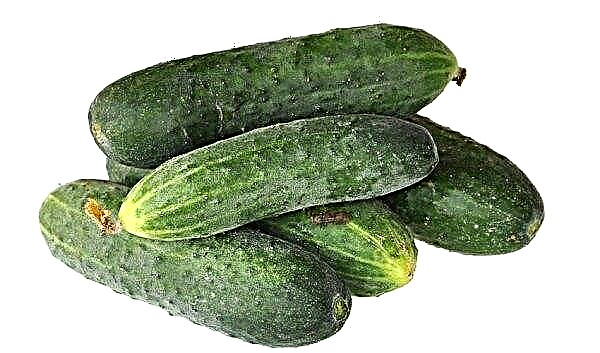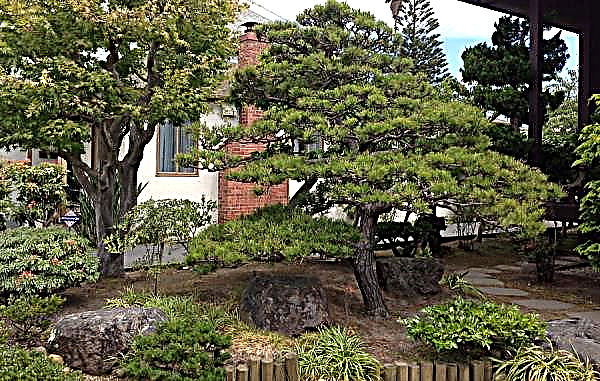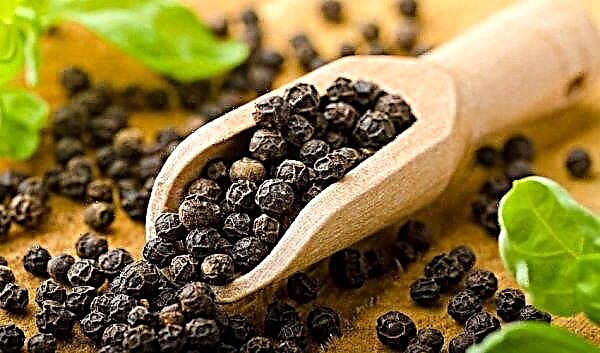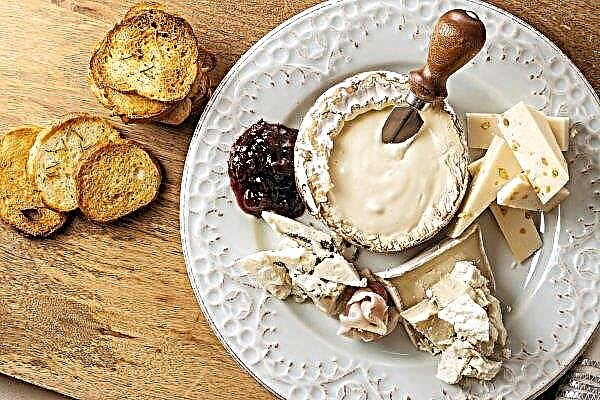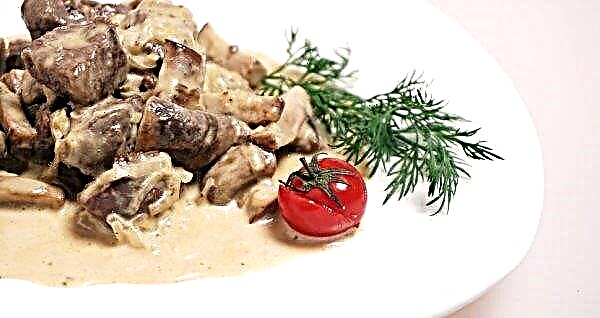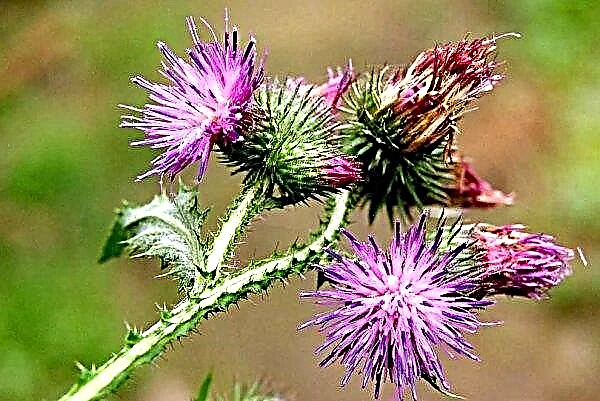When choosing plants for planting in a cemetery, you should pay attention to conifers. They are unpretentious in care, have a neat appearance and are distinguished by longevity. A suitable representative of coniferous ornamental plants is thuja.
Is it possible to plant thuja in the cemetery
Since ancient times, thuja has been associated with eternity due to its long life span. It grows up to 200 years and during all this time does not change its color and all its life remains bright green. Green is identified with youth and rebirth.
 It is the long life expectancy and the evergreen color that makes it the most suitable for growing in a place of eternal rest.
It is the long life expectancy and the evergreen color that makes it the most suitable for growing in a place of eternal rest.
Planting and growing thuja is quite simple. It is only necessary to find out which varieties are better suited for planting near the grave, how to plant thuja and take care of it in the future.
Grade selection
In the cemetery, it is better to grow undersized varieties of thuja. They look more decorative, do not take up much space and are easier to care for. In addition, flowering shrubs such as spirea can be planted next to low trees. Thuja looks especially beautiful in combination with flowers, for example, stone roses, which are usually planted in the cemetery.
Did you know? Thuja's natural habitat is the coniferous forests of Canada and North America.
The most common dwarf varieties of thuja:
- Danica (Thuja occidentalis Danica). A tiny tree can grow as little as 60 cm tall and as wide. The crown is domed, dense and dense. The needles are scaly, glistening in the sun. In winter, light green becomes a brownish tint. Green shoots are not long and grow densely. Brown spherical cones are about 0.6 cm in volume. The bark is dark brown, or brown-gray. The plant is slow-growing, in a year it adds about 5 cm in height and the same in diameter.
 Resistant to frost.
Resistant to frost. - Globose. This variety belongs to coniferous shrubs. It reaches a height of 1.5 m and the same width. The crown is thick and spherical. Green needles with a light lemon tint. The branches are short, durable. Decorativeity is preserved all year round. Life expectancy is 200 years. It grows very slowly, every 10 years it adds 0.5 m in growth. It is resistant to drought.
 Frost resistance is low.
Frost resistance is low. - Emerald. A monoecious evergreen plant that grows up to 5 m in length and about 2 m in width (natural, uncircumcised crown). The crown is elongated, conical. The needles are bright green, very soft and easy to cut. Cones are not large, oblong and scaly. The plant lives up to 150 years. In a year, it adds 0.5 cm in diameter and 20 cm in height.
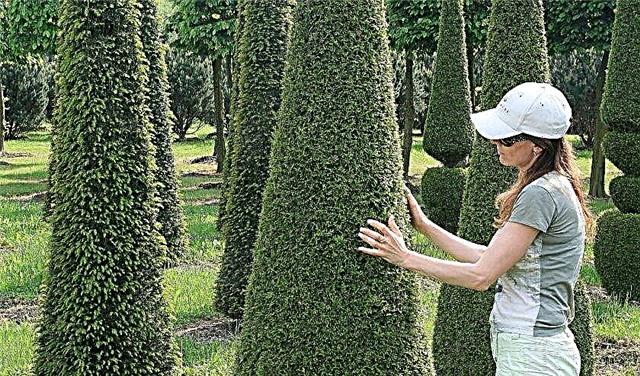 It has high frost resistance.
It has high frost resistance.
Selection factors
So that the cultivation of decorative thuja does not bring additional troubles, it should be taken into account in advance that the conditions in which the tree will grow must correspond to its specific form.
Important! If the planting area is limited - do not plant trees in groups.
The following parameters will help determine the choice of thuja variety:
- climate. Varieties such as Danica and Smaragd tolerate frosts and are suitable for cultivation in the northern regions. But Globosa, on the contrary, is characterized by drought tolerance, and in a cold climate additional care will be required. This variety is suitable for cultivation in the southern regions;
- location. All varieties of thuja are photophilous and grow poorly in the shade. However, in the summer and spring months, slight shading will be needed to avoid sunburn on needles. Also, do not plant them in the area where drafts are present. Wind badly affects the quality of the needles. Another requirement for the landing site is soil. Light soils are suitable for growing thuja. Heavy soil will have to be drained;
- distance between landings. The free space between the trees should be 0.5 m. Too close proximity will obscure the entire adjacent space and interfere with the development of plants.
Landing rules
Before planting thuja in open ground, it is necessary to properly prepare planting material. Only mature plants, at least two years old, are suitable for planting. The seedling should be healthy and have strong shoots.
Immediately before planting, the seedling is watered and removed from the container along with a lump. Soil preparation involves the preparation of an earthen mixture of sand, peat and deciduous land in a ratio of 1: 1: 2.

Landing pattern:
- Dig a landing pit with a depth of 70 cm. The parameters should correspond to the dimensions of the earthen coma in which the roots are located.
- If the soil is heavy, additional drainage is required. To do this, lay a layer of stones of approximately 20 cm on the bottom of the pit.
- Pour out the soil mixture (sand, humus and peat).
- Set the seedling in the pit. The root neck should be practically on the surface of the earth.
- Cover with the remaining substrate and lightly tamp.
- Fertilize with nitroammophos (50 g per m²) and pour. Top dressing will accelerate plant growth.
- Apply a layer of mulch (sawdust, leaves). Mulch will retain moisture.
 The mulch layer should not be allowed to fit snugly against the base of the trunk. Otherwise, the plant may stagnate, which will lead to the formation of fungus on the root neck.
The mulch layer should not be allowed to fit snugly against the base of the trunk. Otherwise, the plant may stagnate, which will lead to the formation of fungus on the root neck.
Essential care
After planting, the young plant needs care and attention. Full-fledged care, as a rule, includes: watering, top dressing, pruning, mulching and preparation for winter.
Watering
Thuja is extremely hygrophilous, therefore watering is required frequent and plentiful. In the first year, a young plant is watered 2-3 times a week with 10 liters of water. In the hot season, watering must be increased to four times a week, while the amount of water must be increased to 15 liters. In autumn and winter, moisturize if necessary, depending on the frequency and abundance of rainfall.

A useful procedure for conifers is irrigation. It helps rid the tree of dust and dirt and creates additional humidification. An adult tree is watered less often, once every two weeks 15–20 liters of water.
Top dressing
In the first 2 years after planting, the thuja does not need additional fertilizer. All the necessary nutrients were laid in the ground along with an earthen lump. After this time, a young plant can begin to feed.
Mineral top dressing, for example, Kemiru-Universal, is applied every subsequent spring twice a season. Fertilizers are planted in water and watered the planting site around the seedling in the amount of 50-60 g per m².

Pruning
It is possible to cut a conifer after the end of the vegetative period, in the spring. Trimming is sanitary and decorative. For improvement, cut 10 cm from the length of the shoots. This procedure will help accelerate branch growth. Dry shoots must be removed completely.
 Decorative trees and bushes must be cut to give and maintain a neat shape.
Decorative trees and bushes must be cut to give and maintain a neat shape.
Mulching, weeding and loosening
In spring and autumn, the space around the young thuja needs to be covered with mulch. For this sawdust, pieces of bark, peat and dry foliage are suitable. These organic materials are able to retain moisture in the soil and protect the plant from the cold. Weeding is needed to clean the weed from the footprint. Loosening will facilitate the breathability of the soil and facilitate the flow of moisture to the roots.
Did you know? The ancient Romans called the thuja the "Tree of Life", praising its longevity and evergreen color.
Preparing for the winter
Young thuja, regardless of variety, needs protection from the harmful effects of cold weather. To prepare the plant for winter, additional mulching will help. Crohn can suffer from wet snow and gusts of wind, so it is recommended to wrap it with warm, but lightweight material.
 There are special reusable bags on sale.
There are special reusable bags on sale.
Thuja is a perennial coniferous tree of the Cypress family, used to decorate the landscape. Low-growing varieties are unpretentious in care, do not require much space and are suitable for growing in a cemetery. When choosing a variety, it is necessary to rely on parameters such as frost resistance, resistance to drought and location requirements. Simple rules will help to plant and grow a neat and well-groomed tree.

 Resistant to frost.
Resistant to frost. Frost resistance is low.
Frost resistance is low. It has high frost resistance.
It has high frost resistance.